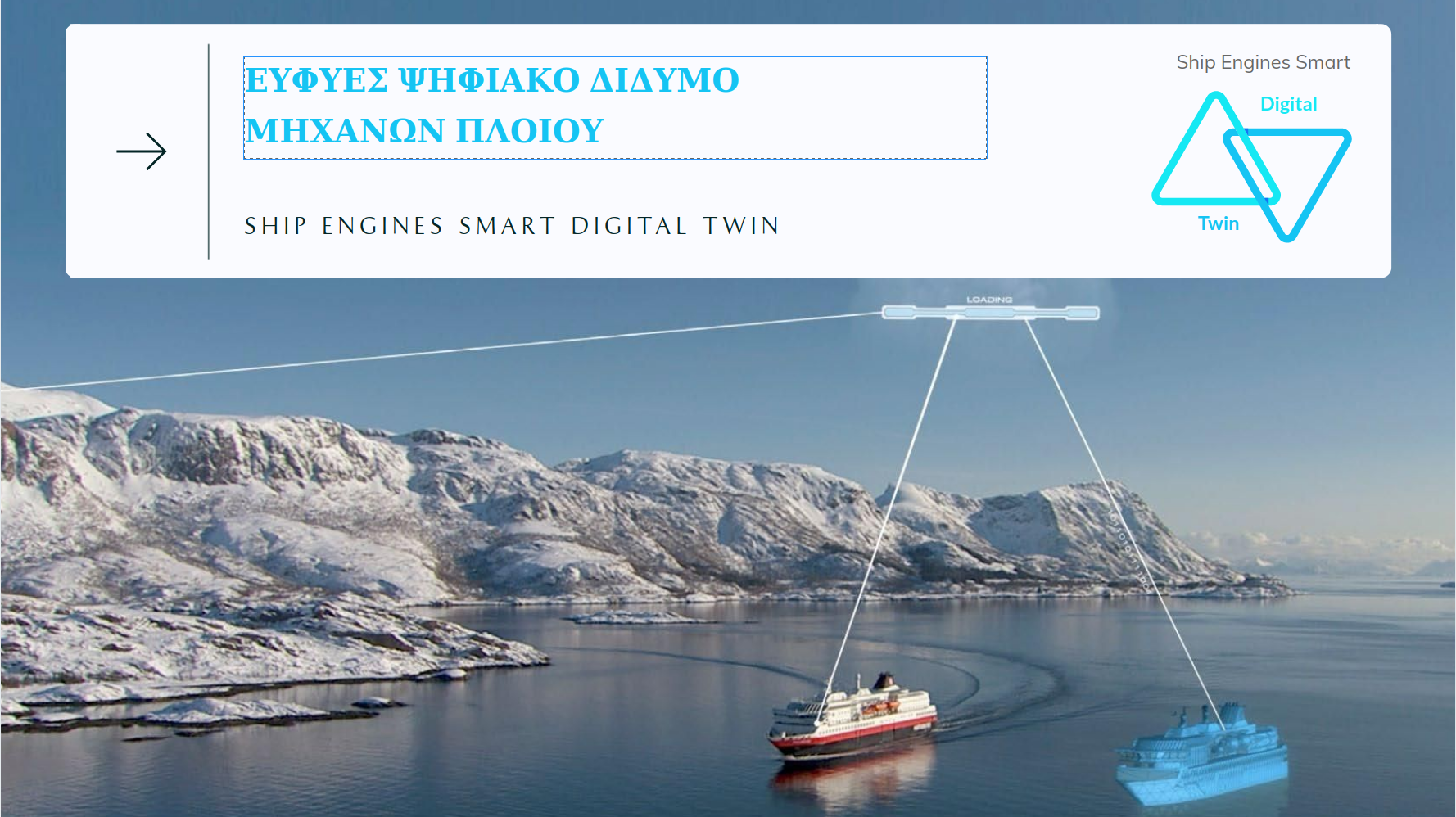Internet of Things
The new way of monitoring and gathering analytics.
This network of physical smart devices such as vehicles, and appliances, that are equipped with sensors,
software, and network connectivity. These objects, also known as "smart objects," have the ability to collect and share data.
They can range from simple smart home devices like thermostats, to wearables like smartwatches and clothing with RFID technology,
to complex industrial machinery and transportation systems. The concept of IoT extends to the idea of creating entire smart cities based on these technologies.
By enabling communication between smart devices and other internet-enabled devices like smartphones and gateways,
IoT creates a vast network of interconnected devices. This network allows for the exchange of data and the ability to perform various tasks autonomously.
Examples of these tasks include monitoring environmental conditions in farms, managing traffic patterns with smart cars and other automotive devices,
controlling machines and processes in factories, and tracking inventory and shipments in warehouses.
Key Components of IoT:
- Devices/Things: physical objects or devices embedded with sensorsανδ actuators, and other technologies that enable them to collect and transmit data
- Sensors and Actuators: sensors gather data, actuators, enable devices to perform physical actions based on the data received
- Connectivity: IoT devices are connected to the internet or other communication networks, allowing them to send and receive data
- Data Processing and Analytics: the collected data is processed and analyzed either on the device itself (edge computing) or in centralized cloud platforms
- User Interface: many IoT applications include a user interface that allows users to interact with and control connected devices. This can be through mobile apps, web interfaces
- Security Measures: security is a crucial aspect of IoT to protect against unauthorized access and data breaches. Encryption, authentication, and secure communication protocols are used
The IoT can have various applications and its impact is already being felt across a wide range of industries, including manufacturing, transportation,
healthcare and agriculture since the data can be analyzed in real time to identify patterns,
trends and anomalies that can help businesses optimize their operations and improve efficiency and sustainability.
It can be applied to:
- Smart Homes: home automation systems that control lighting, thermostats, security cameras, and other devices.
- Industrial IoT (IoT): monitoring and optimizing industrial processes, predictive maintenance, and improving efficiency in manufacturing.
- Healthcare: wearable devices for health monitoring, smart medical equipment, and remote patient monitoring.
- Smart Cities: implementing intelligent transportation systems, waste management, energy management, and infrastructure monitoring.
- Agriculture: precision farming using sensors to monitor soil conditions, crop health, and automate irrigation.
- Retail: inventory management, supply chain optimization, and enhancing the shopping experience through IoT devices.
A digital twin is a virtual representation of real-world entities and processes,
synchronized at a specified frequency and fidelity.
The digital twin technology uses design, engineering, geospatial and operational data to represent a physical object/facility and associated systems. The digital twin uses IoT-enabled sensors to collect and process asset data used in machine learning (ML) models. Digital twins have many benefits as they improve the behavior of processes and products, which usually means more efficient operations. Digital twins allow us to anticipate potential problems in the future. This reduces product defects and, among other things, shortens production times. Digital twins help improve and optimize production processes through real-time information. They help reduce unplanned downtime due to potential errors and reduce the number of accidents, allowing us to simulate all kinds of possible situations.
The digital twin technology uses design, engineering, geospatial and operational data to represent a physical object/facility and associated systems. The digital twin uses IoT-enabled sensors to collect and process asset data used in machine learning (ML) models. Digital twins have many benefits as they improve the behavior of processes and products, which usually means more efficient operations. Digital twins allow us to anticipate potential problems in the future. This reduces product defects and, among other things, shortens production times. Digital twins help improve and optimize production processes through real-time information. They help reduce unplanned downtime due to potential errors and reduce the number of accidents, allowing us to simulate all kinds of possible situations.
GSRI
SHIP SMART ENGINES DIGITAL TWIN
Optimization of ship engine operation using ΙοΤ and ML technology, the development of an "intelligent" control system with digital twin, the validation of its reliability and operational efficiency, and the planning of its commercial and economic exploitation and exploitation. Through this platform, real-time and cumulative estimation of fuel consumption can be accomplished as well as calculation of energy flows and carbon footprint of different types of ships’ energy systems will be achieved.

